Monopods, Tripods and Image Stabilizing Lenses

Sharpness is everything. If you are shooting slow, can you hope to get a sharp image with an Image Stabilizing lens? Will a monopod help? How about a tripod? Well, yeah, of course the tripod is going to solve everything. But how big are the differences? Here's my quickie little test.
The shot above is a quickie screen shot of Lightroom with my eight test photos displayed. Starting in the upper left corner we have:
- 1. Handheld, image stabilizing on.
- 2. Handheld, image stabilizing off.
- 3. Monopod, image stabilizing on.
- 4. Monopod, image stabilizing off.
- 5. Tripod, but with the legs tight together like it's a monopod, with the IS on.
- 6. Tripod, legs about 4 inches apart to see if that helped, with the IS on.
- 7. Tripod, full spread, IS on, and fired by the 10-second timer to eliminate vibrations from my hand.
- 8. Tripod, full spread, IS off like the books say; still with the 10-second timer.
Each shot was taken with a Canon 5D Mk III and a 24-105mm L lens racked out to 105. This was the original 24-105, notoriously soft at 105mm. Distance to the beer tap was about 3 feet. Manual exposure set to 1/30 second and f/4.5. In Lightroom, I cropped about 95% of the picture to give you almost a 100% zoom here.
First, let's see what Image Stabilizing does. Here are a couple of handheld shots. Gimme a break; remember I'm shooting at 1/30th of a second, zoomed in--and you're seeing the actual pixels here.
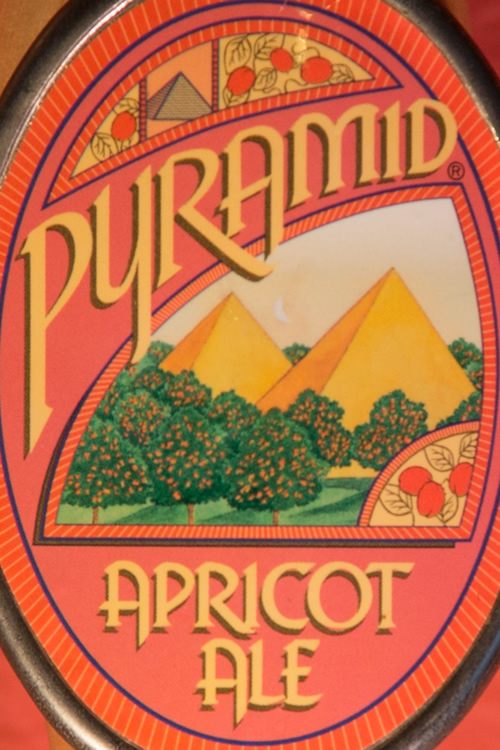
Handheld, Image Stabilizing on.
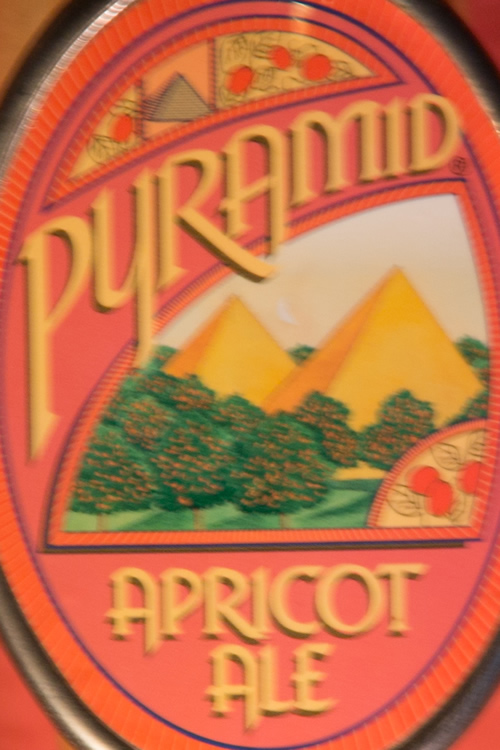
Handheld, Image Stabilizing off.
As you see, handheld is pretty good with IS on, and pretty bad without it. The shots with the monopod are no better; in fact, I think in this case my monopod shots are worse than my handheld shots. My theory is that the monopod is a little awkward to use. Instead of a comfortable stance like I'm used to, I had to bend slightly, maybe tilt the monopod to frame the shot. Anyway: I don't see that it's worth lugging along, and I'm going to re-purpose my spiffy carbon-fiber Manfrotto monopod to a lightpole.
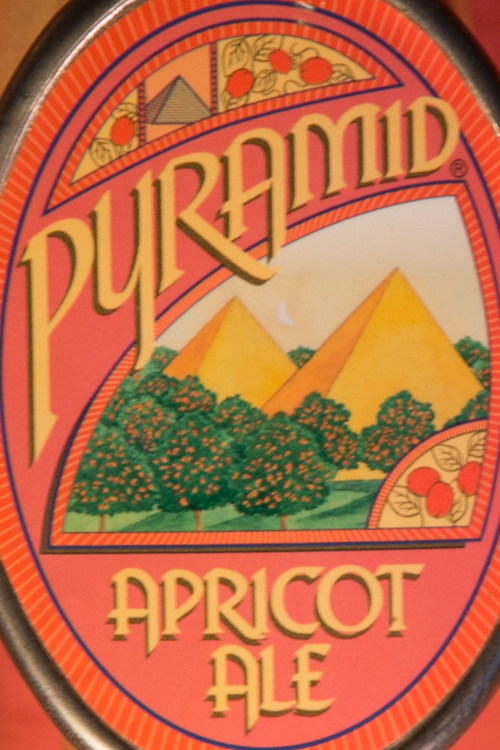
Monopod, Image Stabilizing on.
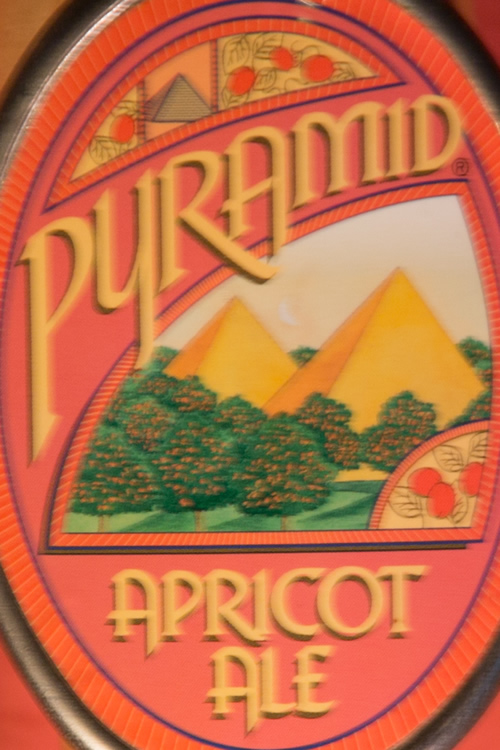
Monopod, Image Stabilizing off.
I don't have the shots here, but I experimented with bracing my shoulder or elbow against a wall. No good. There's still the slightest vibration, a sort of Brownian motion that's familiar to every pistoleer who's tried to hold a gun perfectly steady on a target. Feel free to experiment with this at home--the camera, not the gun. That's a different website. But take your camera, zoom it out (or not) and just look at the focus markings move across the intended focus point. And know you wouldn't have that with a tripod.
First a couple of shots on the tripod-as-monopod, then scroll down to the tripod-as-a-real-friggin'-tripod.
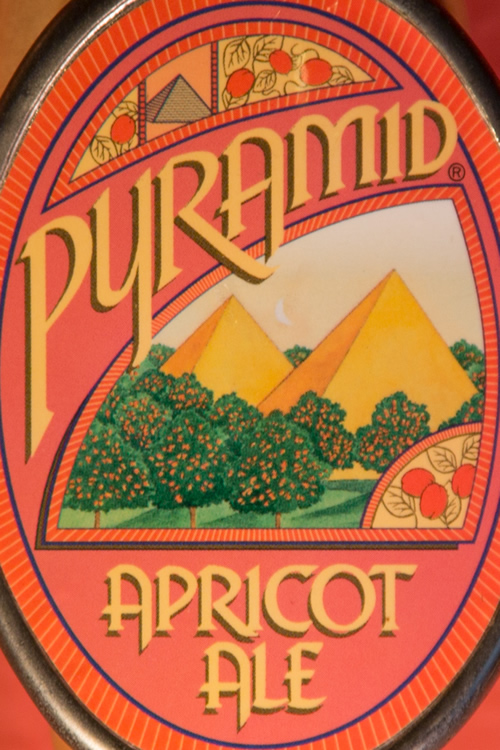
Tripod, legs together, Image Stabilizing on.
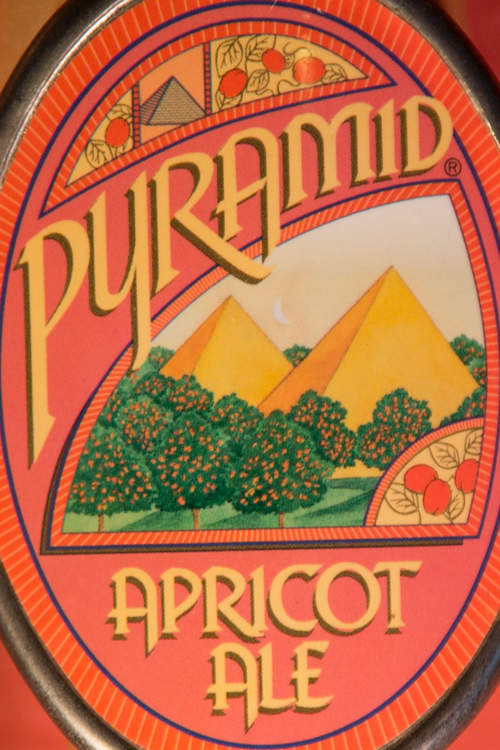
Tripod, legs 4 inches apart, Image Stabilizing on.
Now, I'm all for using tripods. Almost every one of my landscape shots was shot on a tripod, and only partly because I was shooting at sunset. Or night. So I hate to go out shooting without a tripod even when I know I'm not going to have many opportunities to use it. In a crowded Shanghai alley, for example. But. . .could I use a tripod like a monopod? Would it be any worse? I gave it a try. The shot on the left was taken with the three legs of the tripod extended and resting on the ground, but not spread apart at all. Not bad--and yes, I still had the IS on. I tried moving the legs out about 4 inches and found that yes, that held the camera pretty well. I wouldn't have walked away from it, but taking a shot like that was much steadier than any handheld shot. And the results show it.
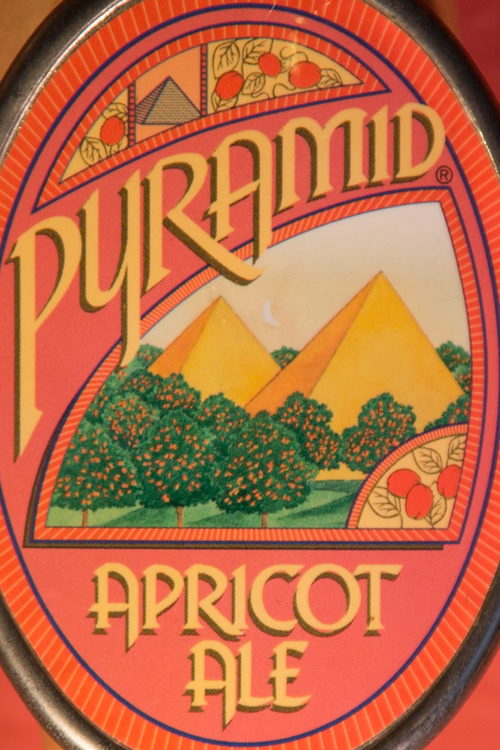
Tripod, Image Stabilizing on.
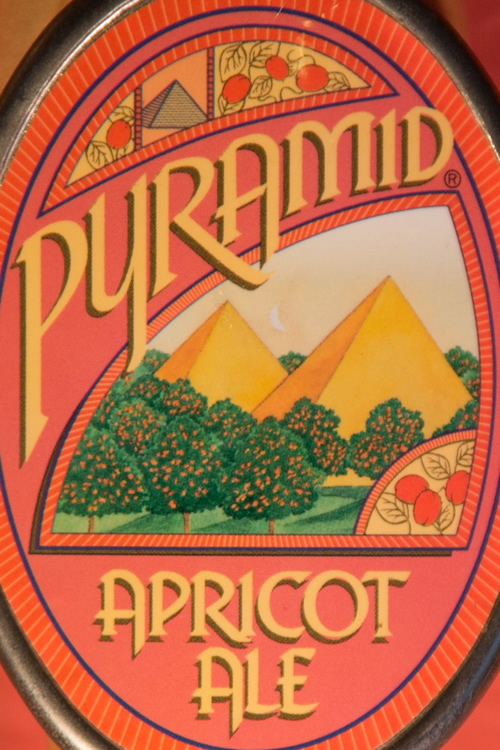
Tripod, Image Stabilizing off.
Of course, I had to spread the tripod legs out, set the 10-second timer and shoot the shot the way I'd really shoot a landscape. Actually, I'd be using a remote shutter release of some kind, but I was too lazy to walk across the house and get one. The 10-second timer is pretty useful out in the field when you've forgotten your cable. Don't try the 2-second timer, though; it's just not enough. I have the blurry shots to prove it. Of course, they were shots of a solar eclipse by a racked-out 100-400mm zoom on a 7D. Kinda tough conditions. The shot on the left ignores the textbook advice: I didn't turn off the IS and thus did not prevent the miniscule vibrations it causes. The shot on the right, well. . .now the IS is off. Is it any sharper? I don't think so; in fact, it doesn't look as good to me.
The lesson I take away from all this is, you need a tripod and if you don't have one you'll have to lower your expectations and raise your shutter speed. I suppose monopods have their purpose since I see sports shooters with ultra-long lenses using them. But for walking around a city shooting scenes, even at slow speeds or an HDR sequence, it just won't get you where you need to go. You're just as well off without it, if you're using an image-stabilized lens like the 24-105. Without image stabilizing, you need to make sure your shutter speed is high. How high? I haven't done that experiment yet. But I'd guess the slowest shot of your HDR sequence had better be 1/125 or better. That means your normal shot will be 1/500th, and that means good sunlight and a medium-to low f-stop like f/8. Which will still give you adequate depth of field for most purposes--and that's on the HDR page.